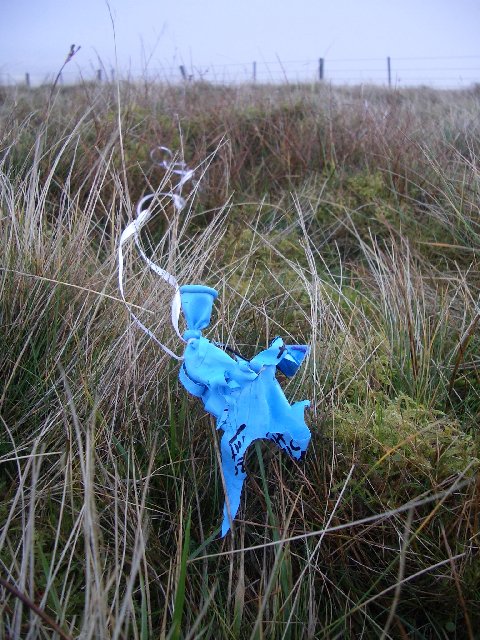One goal of citizen science is to encourage dissemination of citizen-made observations and knowledge gained about the interactions between the human-made and natural environments—even if that knowledge makes us uncomfortable in confronting potentially damaging cultural traditions. Here we see something as seemingly innocent as a celebratory balloon release can have disastrous consequences. — LFF —
Excerpt: Matthew Bettelheim had seen one too many balloons, deflated and forgotten, lying around in nature. Doing field work in what seemed like remote locations throughout the San Francisco Bay Area, he’d find latex and Mylar balloons, or fragments of them, polluting places where they could pose a threat to wildlife.
They may be beautiful when they soar into the sky, but when they come back to earth, they can be deadly, Bettelheim said. Wildlife can mistake them for food. Once a balloon enters an animal’s digestive system, it can reduce food uptake, block the intestinal tract and cause the animal to slowly starve to death. Wildlife can also become tangled in the balloon material or the pretty ribbons attached to them, making them unable to move or feed, leading to stress, injury, malnutrition and eventually death.

Balloon
Photo credit: © Callum Black, via Wikimedia Commons
Source: TWS member’s citizen science project tracks a wildlife hazard — balloons | THE WILDLIFE SOCIETY